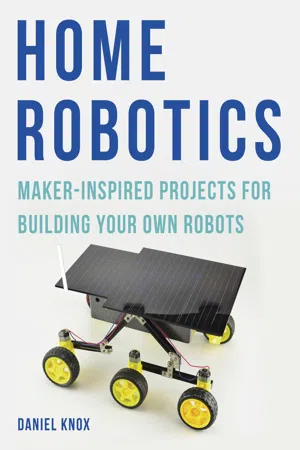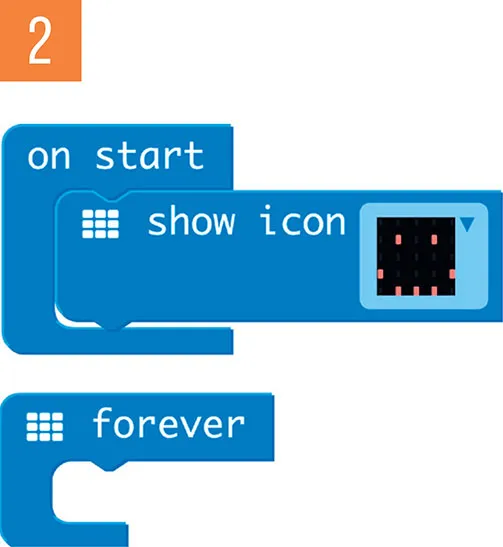
- 160 pages
- English
- ePUB (mobile friendly)
- Available on iOS & Android
About This Book
Learn to make your own robots with this accessible, illustrated guide for robotics enthusiasts, featuring 13 unique robotics projects suitable for beginner to intermediate level. You've seen the sci-fi movies and dreamed of creating your very own robot. Now learn to build machines with your own hands that will move or perform tasks at your command. Featuring brand-new projects and specially commissioned photography, this book uses easily sourced components to teach you simple electronics and programming. Learn to design and build your very own custom-made creations that can walk, draw or even guard your home. Start with a space-age butterfly that skips along on its own or a robot that creates psychedelic patterns of amazing variety, then discover how to create a catapult bot that activates when movement is detected or construct an intelligent, all-terrain rover vehicle – the possibilities are endless.
Frequently asked questions
Information
02 SIMPLE ROBOTS

AVATAR

COMPONENTS
TOOLS



Table of contents
- Cover
- Title Page
- Contents
- Introduction
- 01 Basic Bots
- 02 Simple Robots
- 03 Smart Makes
- Resources
- Index
- Copyright